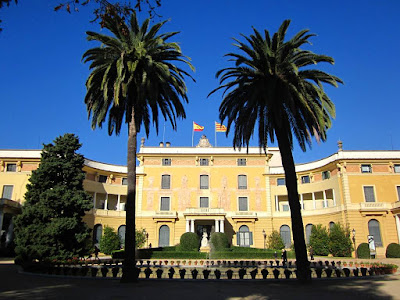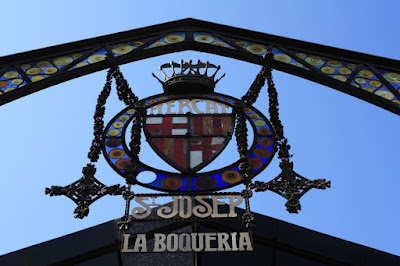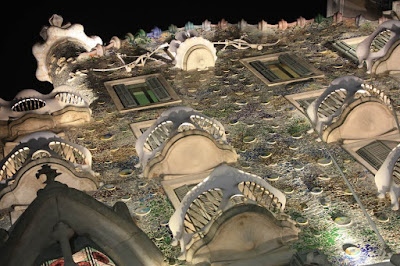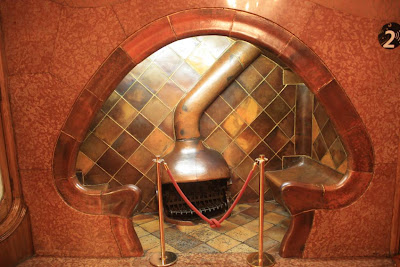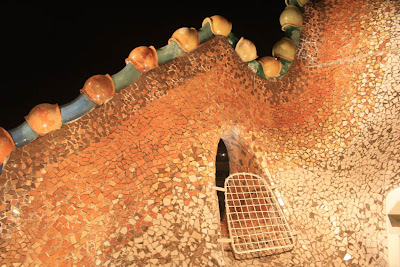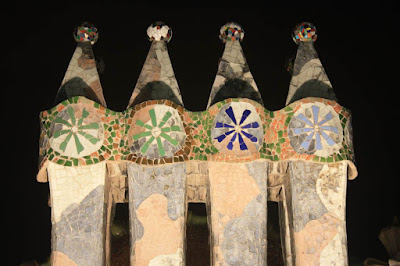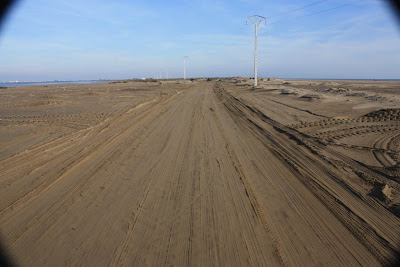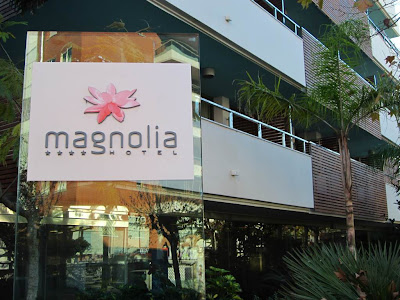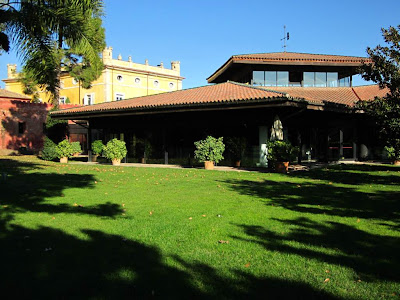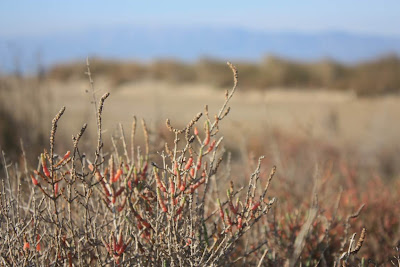Revealing both English and French influences, romantic bridges and verdant green areas, a walk along the gardens of the Pedralbes Royal Palace, one of the most beautiful parks and gardens in Barcelona, will transport you to a time when serenity and majesty were determining elements of the landscape.
When you pass through the magnificent forged-iron entry door, a large space will welcome you. There is an elegant oval pond in the middle with the sculpture of a woman in its centre. In front, flower beds and, behind, a slight slope covered with grass and well-tended bay trees and orange trees, replete with a small waterfall.
The pond at the Pedralbes gardens entry is presided over by a marble female nude
There are crushed rock footpaths on both sides of the pond, which are interwoven throughout the entire park so that you can get lost and meander along them. It doesn't matter if you select the left-hand path or the right-hand one, they will lead you to a central passage where the lime trees play a leading role. This is a shady space, like the areas flanked by benches on both sides of the path, with dense and exuberant vegetation.
If you continue up the path, the shady lanes will take you to the Royal Palace, located at the back of the park. The path opens up onto a semicircular square in front of the palace, surrounded on both sides by a large balustrade decorated with busts sculpted from white marble. Since the railing is located under the shade of the trees, this is a perfect place to sit for a moment and gaze upon the building
The semicircular square is sunny and presided over by a white marble sculpture of Isabel II holding her son Alfons XII in her arms and a pond in the middle surrounded by flowerpots filled with geraniums
The palace is the fruit of the modification of the Güell tower to become the residence of the royal family. The ancient tower comprises the central body of the building and new rooms were built to both sides of it
The balustrade in front of the building is decorated with white marble busts
There are many unique elements throughout the park, which you will discover as you walk along the crushed stone footpaths that cross the park in all directions, always surrounded by splendid vegetation, sometimes wooded, always shady and fresh, with birdsong filling the air
Your meandering will take you to two works by Antoni Gaudí: a parabolic pérgola covered with climbing plants -indeed, a shade-filled paradise- and, in a small corner, the fountain of Hercules, with the water bubbling up from a forged-iron dragon's head
In the small bamboo forest, there is a fountain of Hercules created from wrought iron and stone. The work is by Antoni Gaudí (1884). The dragon head is a spout from which the water bubbles and under is a stone spout with four bars on its front. There is a bench carved from stone on both sides and a marble bust on the pedestal from which the dragon head emerges
Another nice image of the Pedralbes gardens in Barcelona
Flags near in Avinguda Diagonal near the main entrace of El Palau de Pedralbes
Of course, you can visit more fantastic parks in Barcelona like:
- Laberint d'Horta Park
- Park Güell
- Ciutadella Park
- Montjuïc - Joan Maragall Gardens
- Montjuïc - Mossèn Cinto Verdaguer Gardens
- Montjuïc - Mirador Gardens
- Montjuïc - Mirador del Migdia Park
- Joan Miró Park
- Cervantes Park and Rose Garden
- Castell de l'Oreneta Park
- Collserola - Sant Pere Màrtir leisure area
- Collserola - Carretera de les Aigües
- Collserola - Pantà de Vallvidrera
- Torreblanca Park in Sant Feliu de Llobregat
- Can Vidalet Park in Esplugues de Llobregat
- Can Mercader Park in Cornellà de Llobregat
Finally, clicking on the next link you will find links to other beautiful places in Barcelona, among them, more nice places in Pedralbes like the Pedralbes Monastery or La Finca Güell and more beautiful parks and gardens in Barcelona.

